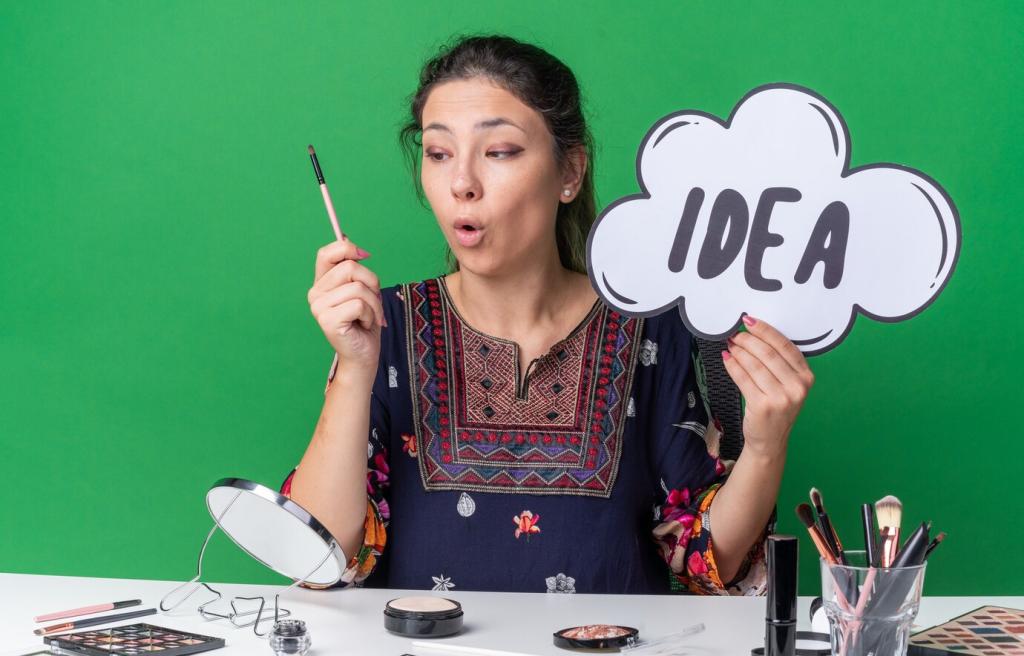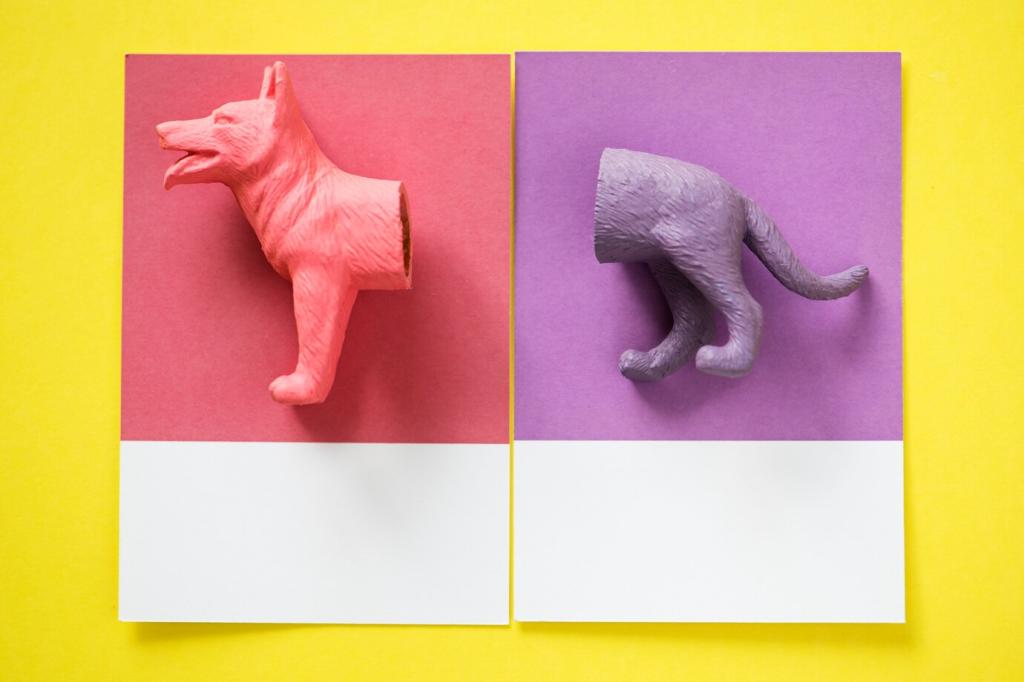Decoding the Invisible: Hidden Symbolism in Renaissance Art
Chosen theme: Hidden Symbolism in Renaissance Art. Step into a world where flowers whisper theology, fabrics broadcast power, and tiny animals carry messages across centuries. Let’s read the paintings like letters from the past—curious, coded, and profoundly human. Share your favorite hidden symbol and subscribe for weekly deep dives.

Flowers and Fruit: Quiet Theologies in Bloom
01
White lilies nearly always accompany Gabriel and Mary, their upright stems proclaiming purity and divine intention. I once watched a child point to them first, intuitively recognizing innocence before any label explained it—proof that symbols still speak.
02
A split pomegranate hints at Christ’s Passion and the unity of believers, while oranges in Florentine scenes quietly nod to Medici patronage. Botticelli’s groves hum with family pride and political alliances, inviting viewers to decode the orchard’s delicate rhetoric.
03
Small, ripe cherries often signal the sweetness of virtue or the joys of Paradise, while strawberries—low to the ground—whisper humility. Spot them in a corner and you may uncover an entire moral, ripe for discussion in the comments.
The Little Dog of Fidelity
In domestic scenes, a small dog often stands for loyalty within marriage. Look at the delicate fur, painted with devotion, and you’ll feel the artist’s tender nod to trust—an oath on four paws. Share your favorite faithful companion sighting.
Unicorns and Untouched Purity
A unicorn rests only in a virgin’s lap, its horn a sign of purity and healing. Raphael’s young lady with a unicorn looks serene, yet the beast’s presence shouts symbolic thunder, urging viewers to read character through mythic companionship.
Rabbits, Hares, and Unsettling Cats
Rabbits and hares signal fertility and spring’s unstoppable energy, while cats drift between independence and mischief. Their small bodies balance a painting’s moral load. Tell us: when does a feline in art feel guardian—and when does it feel warning?
Color Codes and Fabrics that Speak

Ultramarine, ground from Afghan lapis, cost a fortune and often robed the Virgin. The vivid blue signals reverence and the patron’s sacrifice. You can almost hear generosity in the hue—devotion measured not by words, but by shimmering expense.
That tiny convex mirror expands the room, reflecting guests, thresholds, and perhaps the artist himself. It hints at omniscient sight and the ethics of witness. Lean closer: the round world implies that nothing escapes the moral gaze.
Mirrors, Perspective, and the Geometry of Meaning
In a famed ambassadorial double-portrait, an anamorphic skull sharpens into focus only from an oblique angle. The message is blunt: prestige dissolves before mortality. Try viewing the painting from the side and tell us how the mood changes.
Mirrors, Perspective, and the Geometry of Meaning
Myth as Mask: Power Hidden in Pastoral Scenes
Orange trees, floral carpets, and Mercury’s calm gesture create a sanctuary for marital ideals. The scene reads like a wedding poem laced with myth. Notice how every blossom feels like a blessing stitched into a family’s public dream.


Myth as Mask: Power Hidden in Pastoral Scenes
Rising on a shell, Venus embodies beauty as a civilizing force. Draperies flutter like stage curtains, revealing a new ethical theater. The painting suggests that refined love can reshape cities—an invitation to cultivate grace in daily life.


Patrons, Saints, and the Art of Self-Insertion
We see patrons kneeling in side panels, eyes lifted, hands folded. Their presence asserts gratitude and social standing. The quiet choreography tells a story: generosity earns a place in the narrative, but humility keeps them at the edge.
Patrons, Saints, and the Art of Self-Insertion
Artists tucked signatures into stone ledges and painted slips of paper—cartellini that feel like whispered hellos. A name in Latin, a date, a boastful flourish: ‘I was here, witness to your gaze.’ Have you spotted one in person?
Time, Mortality, and Promises of Return
Hourglasses and Withered Branches
An hourglass whispers that time is sand slipping home, while brittle twigs tally loss. Together they soften pride and quicken compassion. You might walk away slower, kinder, newly protective of the hour you’re holding right now.
Butterflies, Pelicans, and Phoenixes
A butterfly becomes resurrection in delicate wings; the pelican, self-wounding love; the phoenix, rebirth through fire. Painters seeded hope in corners, trusting viewers to find it. Which renewal symbol would you carry like a talisman this week?
Hortus Conclusus: A Garden Closed to Sin
A walled garden shelters purity, often surrounding the Virgin. Roses without thorns and tranquil fountains create a theology of safe abundance. Step inside with your eyes, breathe slowly, and share what quiet detail you’d bring back out.
Beneath the Paint: Materials and Methods as Symbols
Color choices documented piety and status. A patron funding ultramarine for Mary wasn’t buying blue; they invested in reverence. Material scarcity becomes moral abundance, a visible declaration that love and resources are bound to the sacred.
Beneath the Paint: Materials and Methods as Symbols
Gesso grounds glow beneath tempera; gilded halos catch chapel light like tiny suns. The shimmer frames sanctity, inviting slower prayer. It feels almost audible—gold acting as a bell for the eyes, ringing viewers gently toward wonder.


